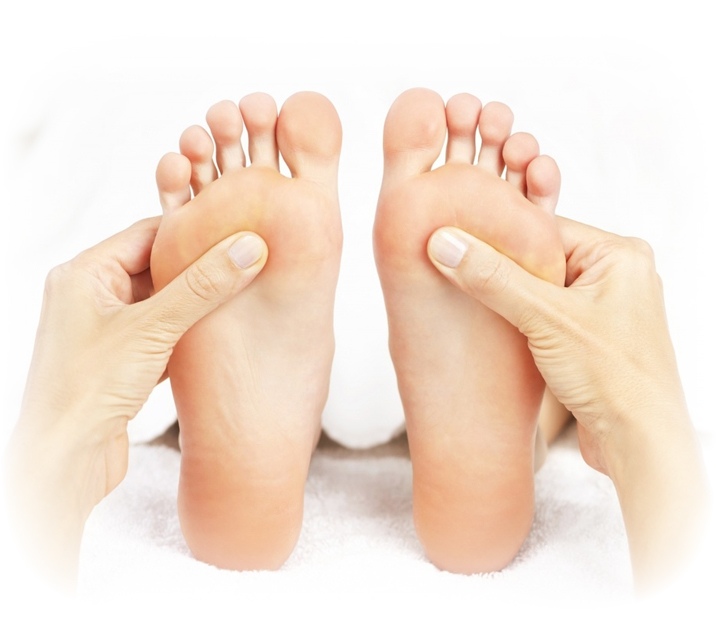
Reflexology Explained
emphasises the importance of the clinician therapist who is trained, qualified and insured to work safely
Clinical Reflexology a system of massaging specific areas of the foot or sometimes the hand in order to promote healing, relieve stress, etc. As a professional Clinical Reflexologists I always seek to work with, and refer back to, the client’s doctor working as part of their client’s healthcare team.
The Clinical Assessment
Your first consultation will include a diagnostic assessment. This assessment will consider information provided by you before and during the consultation, and during the first therapy session. Its purpose is to formulate a treatment plan specific to the client’s needs.
Benefits of Clinical Reflexology
a wonderfully relaxing experience where you can take time out from everyday pressures
Reflexology may be beneficial in restoring balance and harmony in the body and releasing tension. Some of the benefits of reflexology include its ability to stimulate nerve function, increases energy, boosts circulation, induces a deep state of relaxation. Many people describe a profound sense of relaxation and increased energy following their session.
Practitioners believe that it helps facilitate a deep state of relaxation, calm the emotions, and produce a serene mind. Research studies support many of these benefits.
In addition, specific studies indicate that reflexology may reduce pain and anxiety.
The anticipated result is an overall sense of improved wellbeing.
Choosing a Practitioner
Choose a qualified reflexologist who has undertaken the necessary in-depth training to understand the theory and practice of reflexology. Conduct a search of the Complementary and Natural Healthcare Council’s (CNHC) register at www.cnhc.org.uk to check whether a therapist is registered. By choosing CNHC registered reflexologists you can be confident that they are properly trained, qualified and insured.
